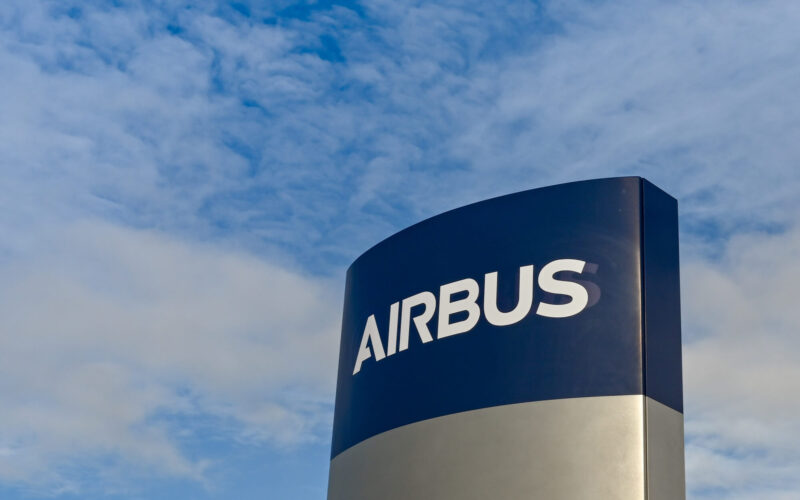Airbus reported solid financial results for the first quarter ended on March 31, 2022, despite facing a tumultuous geopolitical and economic environment. The European manufacturer confirmed it will increase its monthly production rates from 65 aircraft of the A320 family by summer 2023 to 75 in 2025 to meet customer demand.
The European manufacturer reported €12 billion in revenues for the period against €10 billion a year before. The consolidated net income jumped from €362 million in Q1 2021 to €1.22 billion during the same period in 2022, despite the significant disruptions in air travel caused by the COVID-19 pandemic, the invasion of Ukraine by Russia, and the consequential export control restrictions and international sanctions.
Airbus delivered 140 commercial aircraft in the first quarter of 2022, against 95 during the same period for Boeing, its main competitor. Airbus Helicopters delivered 39 aircraft, and one A400M transport aircraft was delivered to the Turkish Air Force.
Guillaume Faury, Airbus chief executive officer, confirmed that the company would progressively ramp up A320 production in the next three years.
“Looking beyond 2022, we see continuing strong growth in commercial aircraft demand driven by the A320 Family,” Faury commented. “As a result we are now working with our industry partners to increase A320 Family production rates further to 75 aircraft a month in 2025. This ramp-up will benefit the aerospace industry’s global value chain.”
As a reminder, Airbus was only producing 45 A320 aircraft per month at the end of 2021.
On April 29, 2022, Safran’s chief executive officer Olivier Andries confirmed that both parties had reached an agreement for the French engine-maker to ramp up the LEAP-1A engine production rates by 2024.
However, there is one obstacle still remaining for the manufacturer. On May 4, 2022, Airbus announced a delay in the development of the A321XLR, with an entry into service postponed to early 2024. The European Union Aviation Safety Agency is currently in talks with Airbus about changes in a lower-fuselage design, as it could pose potential fire risks

